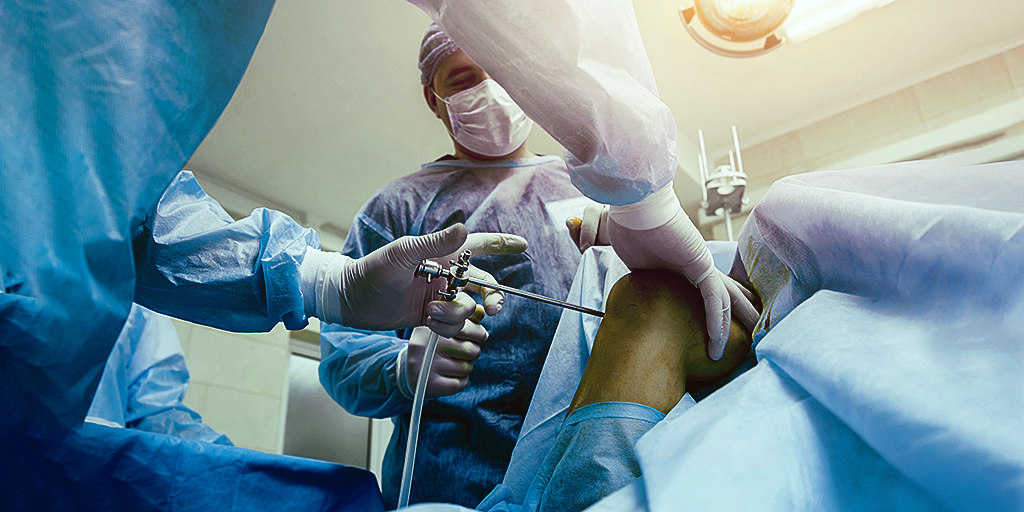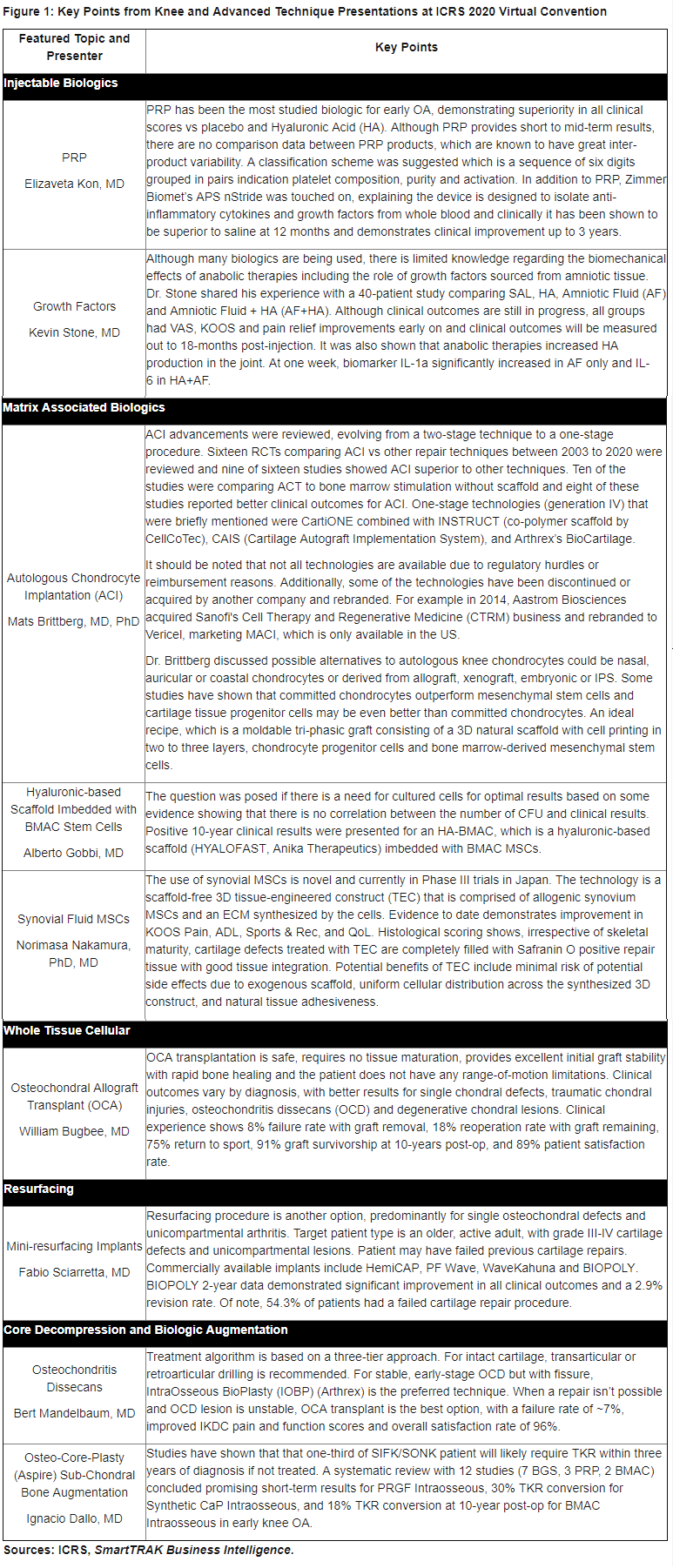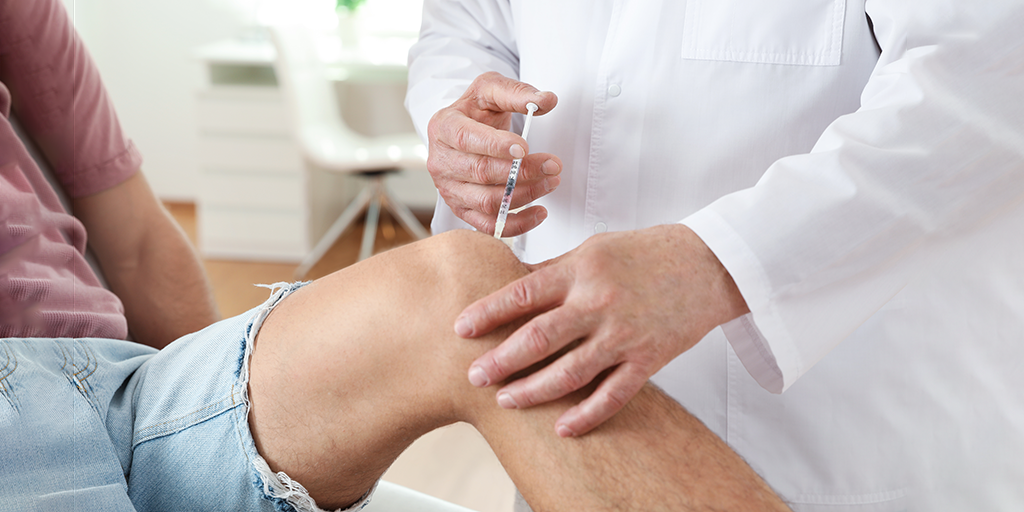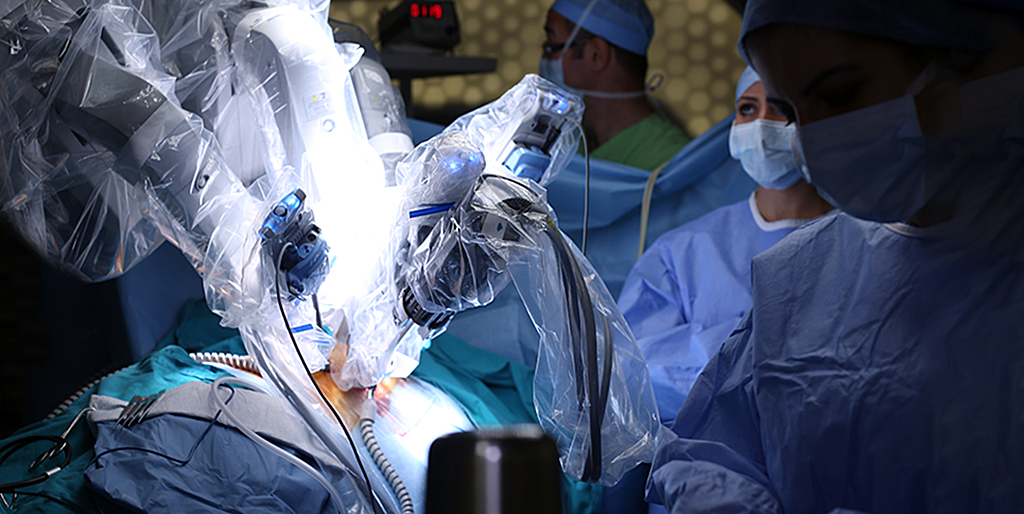 Strong interest in joint preservation amid COVID-19 pandemic
Strong interest in joint preservation amid COVID-19 pandemic
During the month of October, the International Cartilage Regeneration & Joint Preservation Society (ICRS) hosted its first virtual convention, allowing stakeholders to come together to learn about the latest cartilage repair techniques, review recent clinical outcomes and explore new products via a virtual hall.
The knee is one of the most common joints to experience cartilage defects and many treatment options exist and vary widely. In this article, SmartTRAK highlights some select key takeaways from the Knee and Advanced Technique Modules, focusing on Zimmer Biomet*, Arthrex*, Anika*, Vericel* and their products, including HemiCAP*, PF Wave*, WaveKahuna*, Hyalofast*, BioCartilage*, CartiONE*, MACI*, BioPoly* and APS nStride*, among others.
Factors Influencing Treatment Decisions
Understanding joint pathophysiology is important when evaluating and treating cartilage defects of the knee. Treatment decisions not only need to consider clinical aspects and disease progression, but also patient factors, if a therapy is available commercially or possibly reimbursed. In a virtual presentation, Lucienne Vonk, PhD highlighted important factors clinicians should consider when making a treatment choice, including patient age, BMI, defect characteristics, previous treatments, concomitant diseases, contraindications and patient expectations and compliance. Specific attention needs to be on axis deviations, ligament stability, meniscus function and joint homeostasis.
Elizaveta Kon, MD added if a patient presents with intra-articular pain, the provider needs to assess multiple factors like cartilage and other traumatic damage, meniscus disease, bone marrow lesion/edema, synovitis, osteoarthritis (OA) and possibly rheumatic disease. If a patient is experiencing extra-articular pain, clinicians need to assess pes anserinus tendinitis, MCL/LCL traumatic damage, nerve entrapment or possible vascular/lymphatic issues.
According to SmartTRAK, in the US, over 500,000 ACL reconstruction (ACLR) procedures are performed each year. Jorge Chahla, MD, PhD reviewed how ACL rupture triggers early post traumatic OA-like changes in articular cartilage. He also noted, ACLR reinitiates an inflammatory and chondrodegenerative process and may increase the risk of cartilage loss. The incidence of cartilage injury associated with ACL injury is ~42% and the incidence ofOA at 5-years post-op is 11.3%, 20.6% at 10-years and 51.6% at 20-years.
So Many Options, What to Do?
The meeting was rich with clinical experience spanning several conditions and technologies, which was geographically influenced by regulations and reimbursement. Figure 1 highlights key points for select featured topics at the ICRS 2020 Virtual Convention.

Moving Forward Amid COVID-19
Currently, there are many uncertainties and complexities with COVID-19. As winter arrives with an expected surge and vaccinations on the horizon, clinicians will establish new routines. One thing that remains strong is the momentum and interest in joint preservation and the role of orthobiologics to restore and regenerate cartilage. As research and clinical experiences advance, stake holders will leverage this new knowledge to treat patients and to develop better and more targeted therapies. SmartTRAK will continue to monitor these trends and expects to see further advancements.
*These links can only be viewed by SmartTRAK subscribers to this module. For more information on how to receive a demo and subscribe, please click the button below.
SmartTRAK is the leading source of competitive intelligence used by the top global orthopedic, wound care and neuro companies. If you would like a demo of what SmartTRAK has to offer and how we can help increase proficiency, improve productivity and reduce costs for your company, just click here.
Topics: Orthopedics





